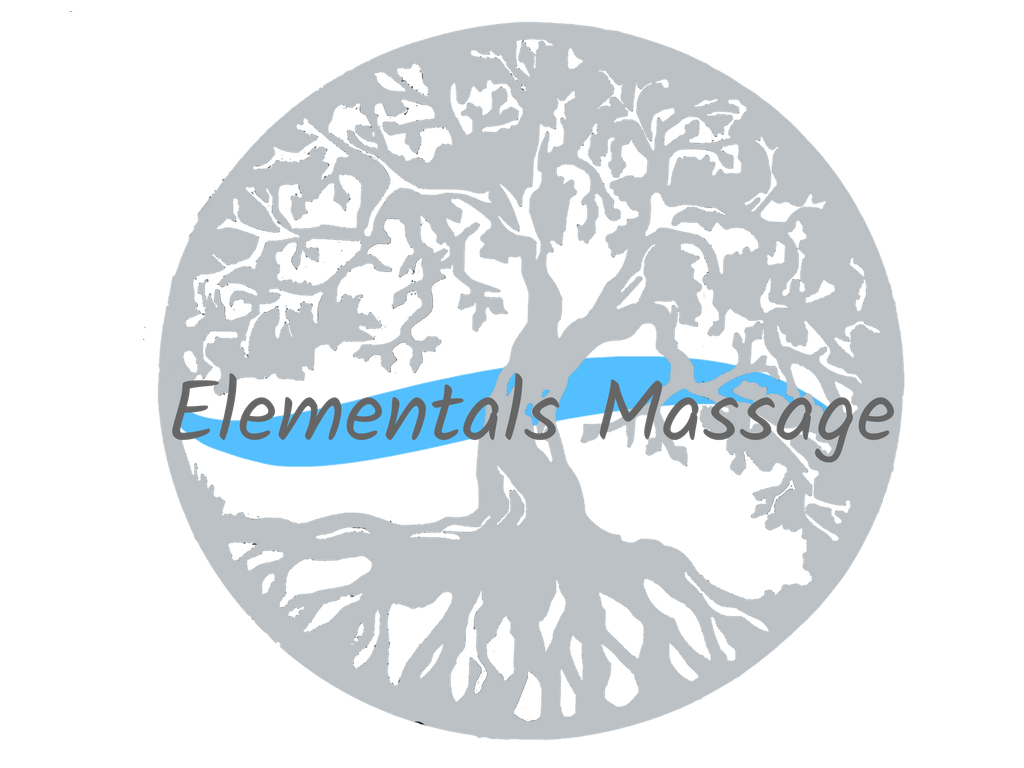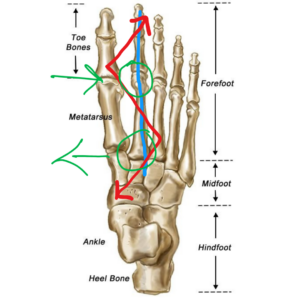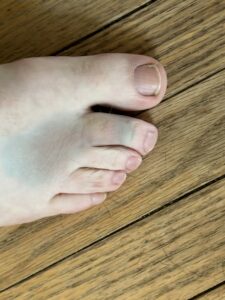In addition to massage treatments and supportive care, we sought care from our long-time chiropractors at TruRoots Health Center (https://www.trurootshealth.com/). Doctors Evan and Ryan were able to offer IR Light Therapy in addition to Torque Release adjustments to the spine, hips, and foot.
According to Dr. Evan, “The purpose of the adjustment is 3 fold:”
- **Breaking up adhesions and scar tissue intra-articularly:**
– Inside your joints, especially if they’ve been injured or inflamed, scar tissue can form. This scar tissue can restrict movement and cause pain.
– Adjustments aim to break up this scar tissue, allowing the joint to move more freely.
– When the joint moves better, fluids inside the joint can flow more easily. This helps in remodeling tissues and improves how cells function in that area.
2. **Stimulating under/overactive receptors:**
– Your joints have receptors that send signals to your brain about movement and position (proprioceptors).
– Sometimes these receptors can send too much or too little information to your brain, especially if the joint is injured or inflamed.
– Adjustments help to correct this by making the joint function better.
– This sends clearer and more accurate signals to your brain, helping it to better control your body and manage pain.
3.
**Restoring normal joint mechanics:**
– Imagine if your car had uneven weight distribution on its wheels. The tires on one side would wear out faster.
– Similarly, if a joint in your body isn’t moving correctly (abnormal mechanics), it can lead to increased scar tissue and wear on the joint itself.
– Adjustments aim to restore normal movement patterns to the joint.
– This reduces stress on the joint, promotes healing, and lowers the risk of future problems like arthritis.
In essence, these adjustments help your joints move better, communicate more effectively with your brain, and prevent long-term damage by restoring their natural mechanics.
For Danny, this meant adjusting the top of the second metatarsal laterally and the bottom of the metatarsal medially. (See Image 1.) In addition, the spine and hip adjustments were to support the overall alignment of everything above the foot.
As you can see in Image 2, Danny’s foot, while not completely healed, was about 75% better from the time of injury to the time of his test. That’s a pretty significant change for 2 weeks.


